| Launch:2023-10-31 |
A dazzling array of bottled drinks, exquisite and varied commodity packaging boxes, cheap, strong and easy-to-use plastic food bags. While enjoying the portability brought by plastic, human beings seem to be paying the price for this kind of portability.

In a study published in EnvironmentInternational, the leading journal of environmental science, on March 25, 2022, a team led by the Free University of Amsterdam in the Netherlands first found microplastics in the blood of human volunteers. The team tested the blood of 22 volunteers and found that 17 of them contained quantifiable microplastic particles. Subsequently, a team led by Hull University in the UK first discovered microplastics deep in the lungs of living people, and their findings were published in ScienceoftheTotalEnvironment, another leading journal in the field of environmental science.
At the same time, on March 30, China's Ministry of Ecological Environment held a press conference to define four types of new pollutants, including microplastics. New pollutants refer to toxic and harmful chemicals with the characteristics of biological toxicity, environmental persistence and bioaccumulation, which have not been included in environmental management or inadequate management measures, and have great harmful risks to the environment and human health.

How to produce microplastics?
In 2004, Thompson of the University of Plymouth and others published a paper on plastic fragments in marine water bodies and sediments in the journal Science, and put forward the concept of "microplastics" for the first time. It refers to plastic fragments and particles less than 5 mm in diameter. In fact, microplastics, whose particle sizes range from a few microns to a few millimeters, are a mixture of inhomogeneous plastic particles with various shapes, which are often difficult to distinguish with the naked eye, and are vividly called "PM2.5 in the sea".
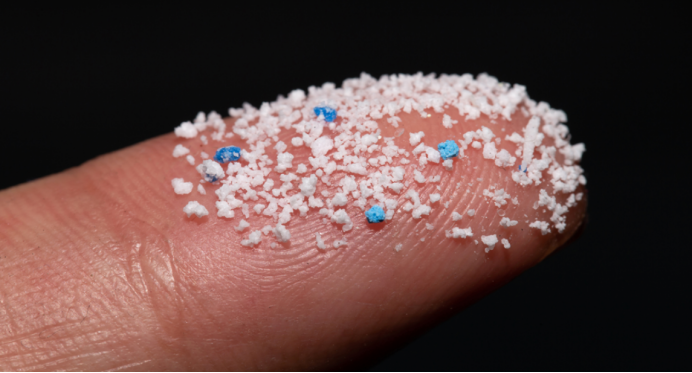
Compared with "white pollution" plastics, the harm of microplastics is reflected in their small particle diameter, which is the reason why they are more harmful to the environment than ordinary non-degradable plastics. There are four kinds of new pollutants which are widely concerned in the world: persistent organic pollutants, endocrine disruptors, antibiotics and microplastics, which are defined as new pollutants after being discharged into the environment.
The influence of microplastics on human body
Figure 1-3 shows the type (figure 1), shape and microscopic imaging of plastics detected by the Hull University research team in the human body.
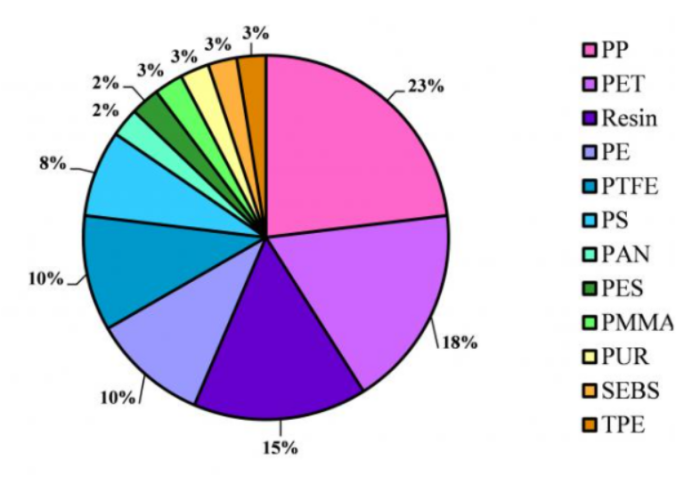
Figure 1: types of microplastic materials detected
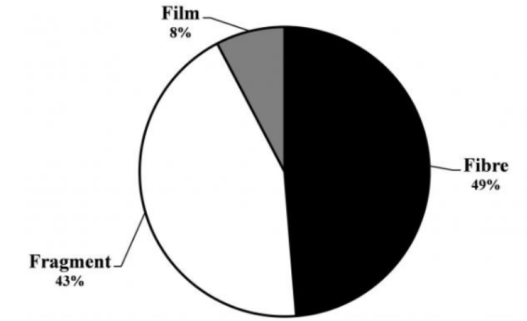
Figure 2: shape classification of microplastics
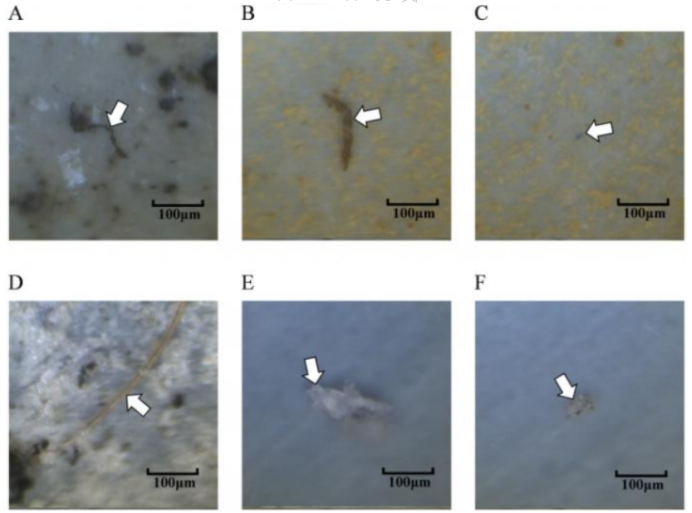
Figure 3: microplastic microscopic imaging
The results show that PP, PET and resin are the main components of the microplastics extracted from the human body, and most of the microplastics exist in the form of fragments and fibers.
Microplastics vary in size from a few microns to 100 microns. Because of their small size, when they enter the body for reasons such as air, they will be attached to the lungs.
After entering the human body, plastic is extremely difficult to be metabolized by the human body, and the parts that fail to be excreted will accumulate in the body. more than a certain amount may cause varying degrees of damage to the digestive tract and cells, cause local inflammation and destroy the immune system. In particular, some chemicals contained in microplastics can easily disrupt the human endocrine system, lead to diseases such as diabetes and obesity, and even damage the nervous system of fetuses and children.
Detection method of microplastics
Usually, the microplastics extracted by researchers are often used to detect their components, such as gas chromatography-mass spectrometry, Fourier transform infrared spectroscopy and so on, but such instruments are usually expensive, complex operation and long detection cycle. Therefore, for example, Hai Optoelectronics launched a portable micro-Raman spectrometer for the qualitative detection of microplastics.
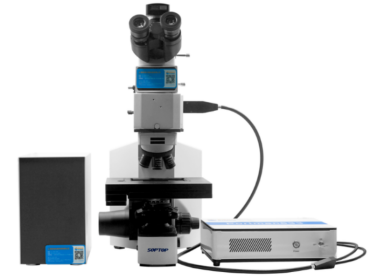
Micro-Raman spectrum is the Raman scattering signal of the sample excited by micron high energy and narrow linewidth laser, and the Raman scattering is detected and received by optical fiber spectrometer. Raman spectrum has high specificity, and different kinds of substances have different Raman spectrum in theory, so Raman spectrum can be called fingerprint spectrum.
As shown in the following figure, several common microplastic Raman spectra are collected by oceanhood photoelectric micro-Raman spectrometer:
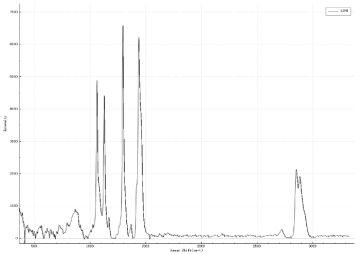
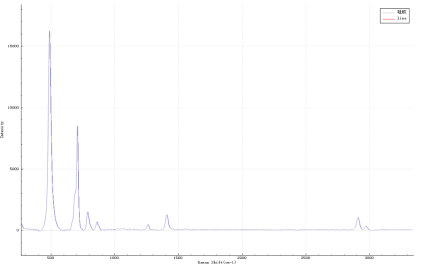
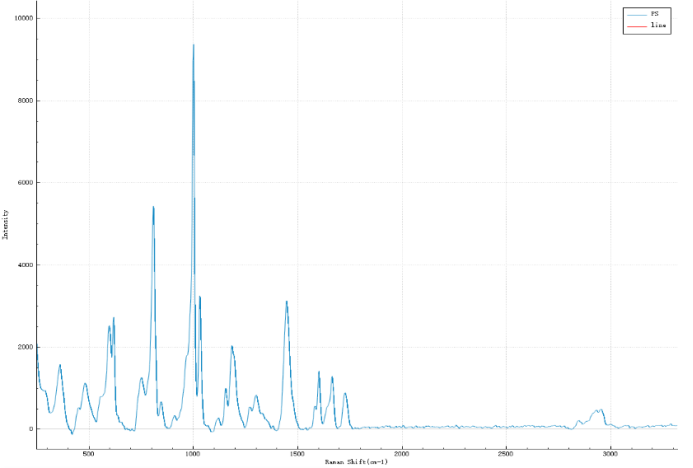
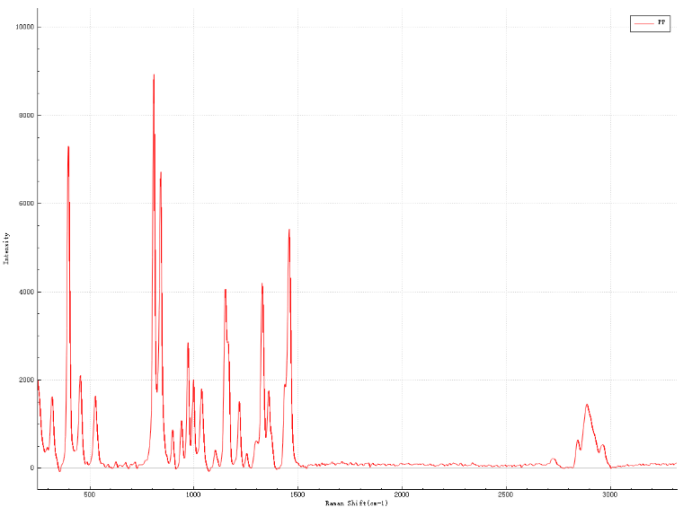
As shown in the above picture, most plastics have obvious Raman characteristic peaks, and the qualitative identification of plastic types can be realized by combining HQI similarity algorithm.
Product characteristics.
Complete functions, with optical imaging, Raman scanning, database identification and other functions to meet different testing needs.
Portable design, plug and play, can be used for current Raman can also be pulled out at any time as a normal Raman test.
Strong performance, the use of research-grade deep cooling array spectrometer, with low noise, high resolution and high sensitivity and other characteristics.
The operation is simple, and there is no tedious calibration preheating process, which greatly shortens the testing time.
Detection example.
The test object is the filter membrane in wastewater treatment, and the Raman spectrum is carried out by using 785nm micro-Raman spectrometer.
Step1: the whole sample can be obtained by using the optical imaging image of the microscope.
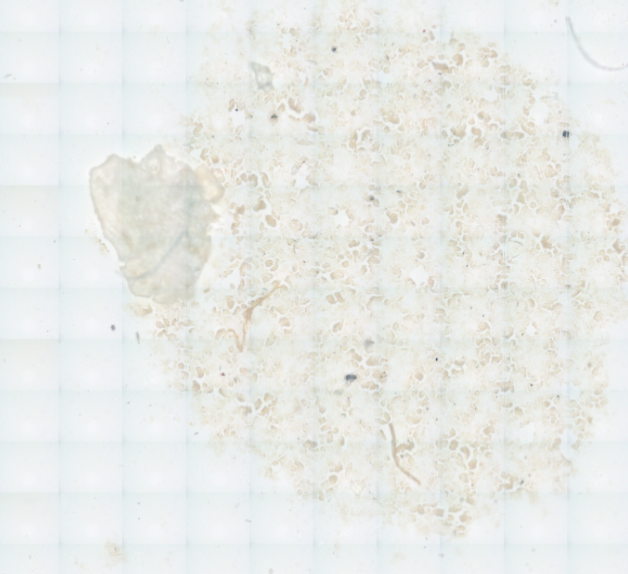
Step2: turn on the scanning function of micro-Raman spectrum and scan the two-dimensional Raman spectrum of the sample point by point.
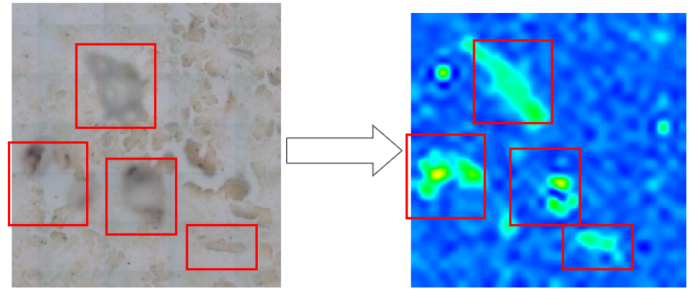
As shown in the picture, the left is microscopic imaging, the right is Raman mapping imaging, and the highlights are suspected microplastic components. From the right, we can see that there is a corresponding relationship between Raman mapping imaging and optical microscopic imaging.
Step3: move the suspected microplastic sample to the laser position and collect its Raman spectrum.
Particle size: 21.5 μ m
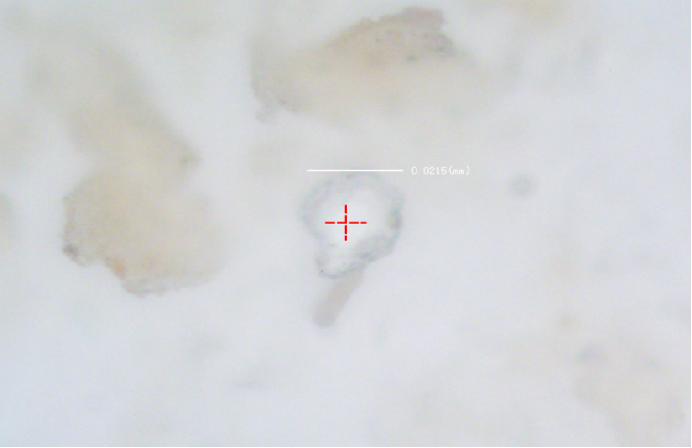
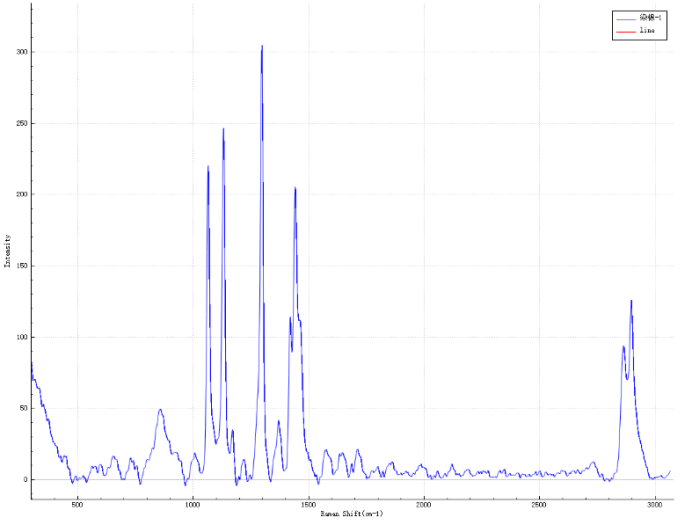
Particle size: 9.5 μ m

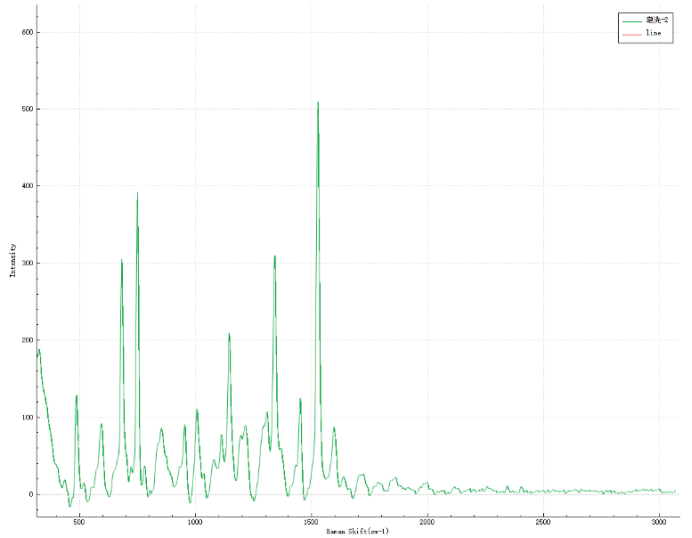
Particle size: 5.8 μ m
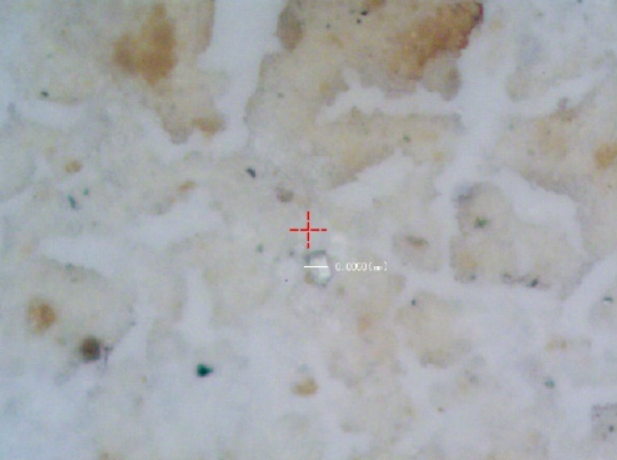
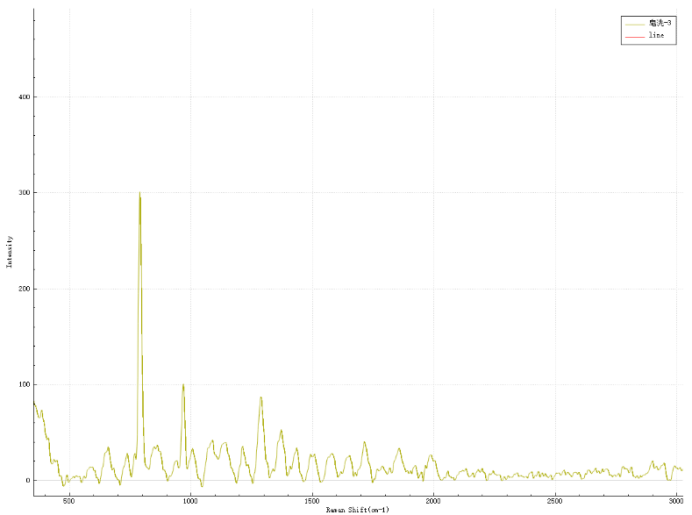
Particle size: 8.4 μ m
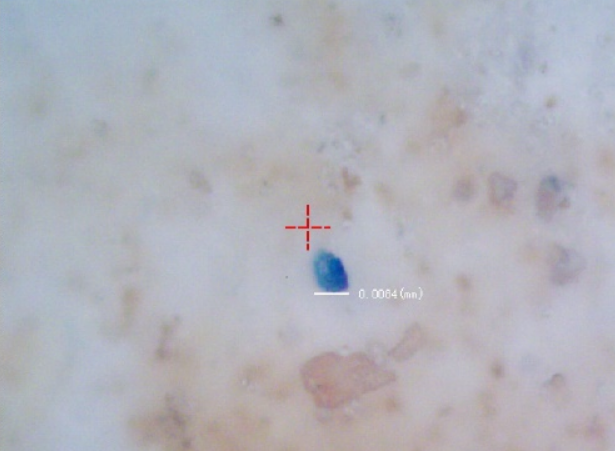
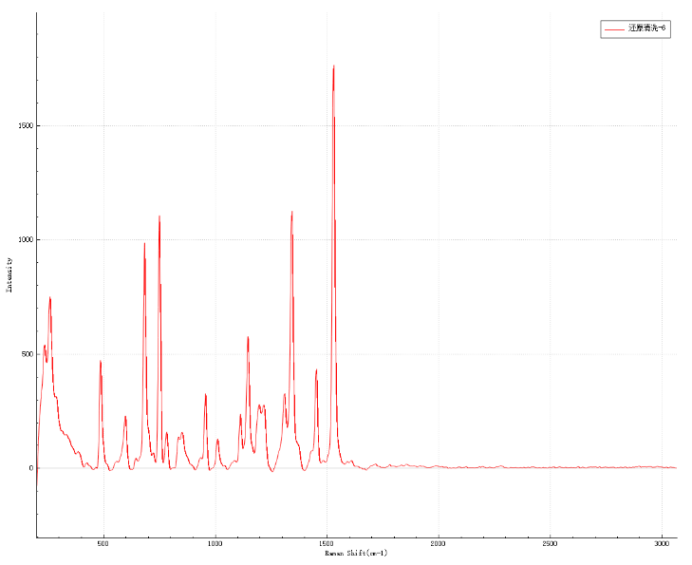
Step4: click to identify and compare the Raman spectrum with the plastic database in the database to qualitatively identify the types of microplastics.

上海如海光电科技有限公司400-820-7939
